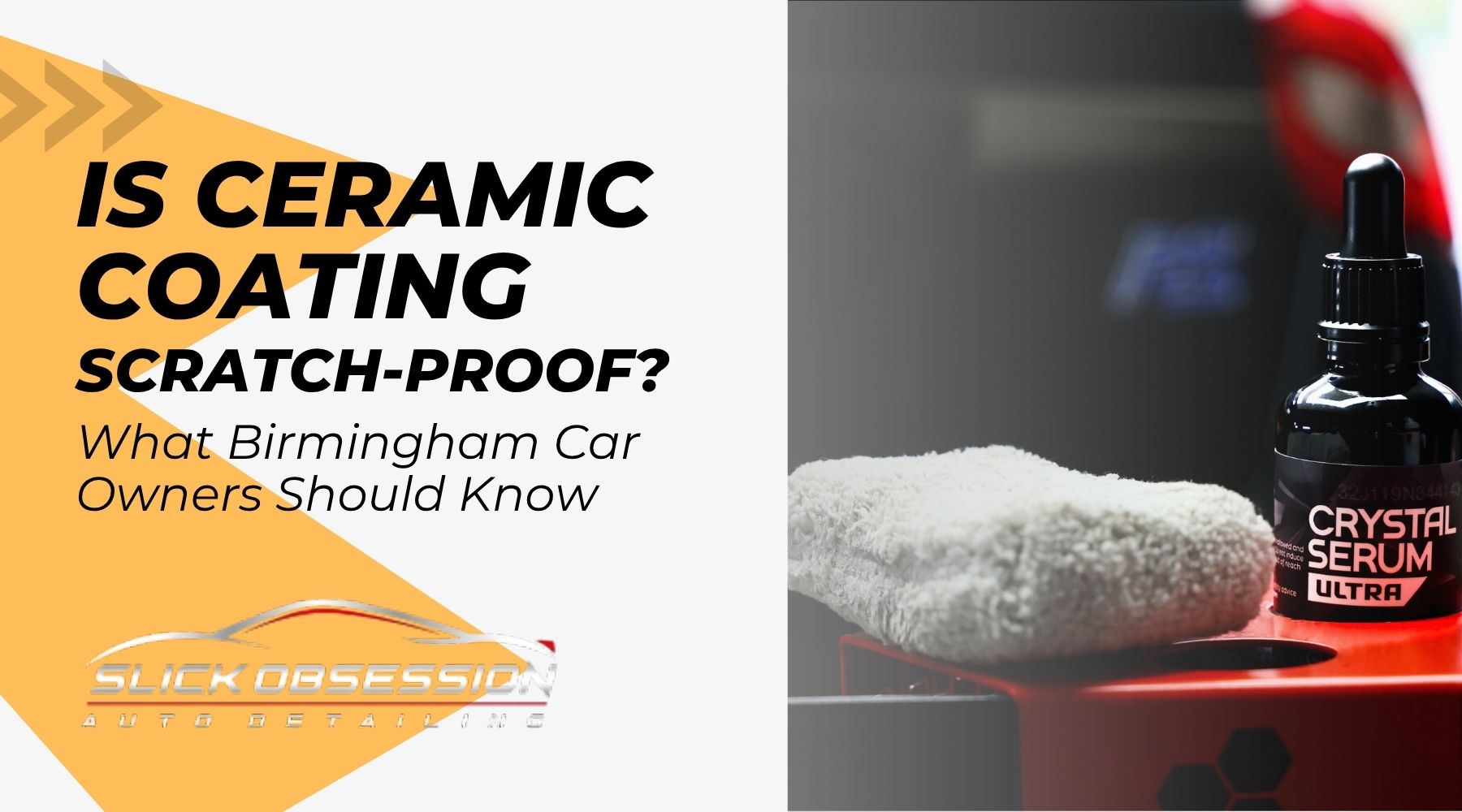When Birmingham car enthusiasts hear about ceramic coating, one question often comes to mind: Is ceramic coating scratch-proof?
It’s a fair question, after all, ceramic coating is marketed as one of the most advanced forms of paint protection available. But while it delivers exceptional benefits, there’s a big difference between scratch-proof and scratch-resistant.
At Slick Obsession Auto Detailing, we’ve applied ceramic coatings to everything from daily drivers to high-end exotics. Here’s what Birmingham vehicle owners should know before believing the “scratch-proof” myth.
What Does "Scratch-Proof" Really Mean?
The phrase “scratch-proof” sounds appealing, but in reality, no automotive surface is entirely immune to scratches. Even the most advanced protective coatings have limits.
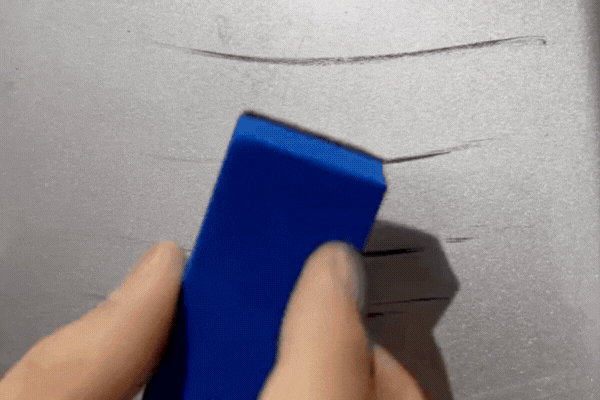
Ceramic coatings work by creating a sacrificial protective layer that chemically bonds to your vehicle’s clear coat, providing a durable and long-lasting finish. This layer is harder than factory paint, often rated at 9H hardness on the pencil scale. In practical terms, this means it’s highly effective at resisting micro scratches, swirl marks, and other minor abrasions caused by everyday factors such as dust, dirt, and routine washing.
However, it’s essential to understand that scratch resistance does not guarantee scratch immunity. A ceramic coating can deflect and reduce the appearance of light scratches caused by safe washing and drying methods, but it cannot stop deep gouges or impact damage. Sharp objects, road debris, rock chips, and even an improperly used microfiber towel can still scratch through the coating and mark the paint underneath.
In short, ceramic coating acts like a durable shield, protecting your paint from most light, everyday wear, but it’s not an impenetrable force field. For serious impact protection, pairing ceramic coating with Paint Protection Film (PPF) is the best option.
How Ceramic Coating Helps Prevent Scratches
Ceramic coatings use nano-silica particles to create a low-friction, hydrophobic surface. This means dirt and debris have a harder time sticking, which reduces the risk of swirl marks during washing.
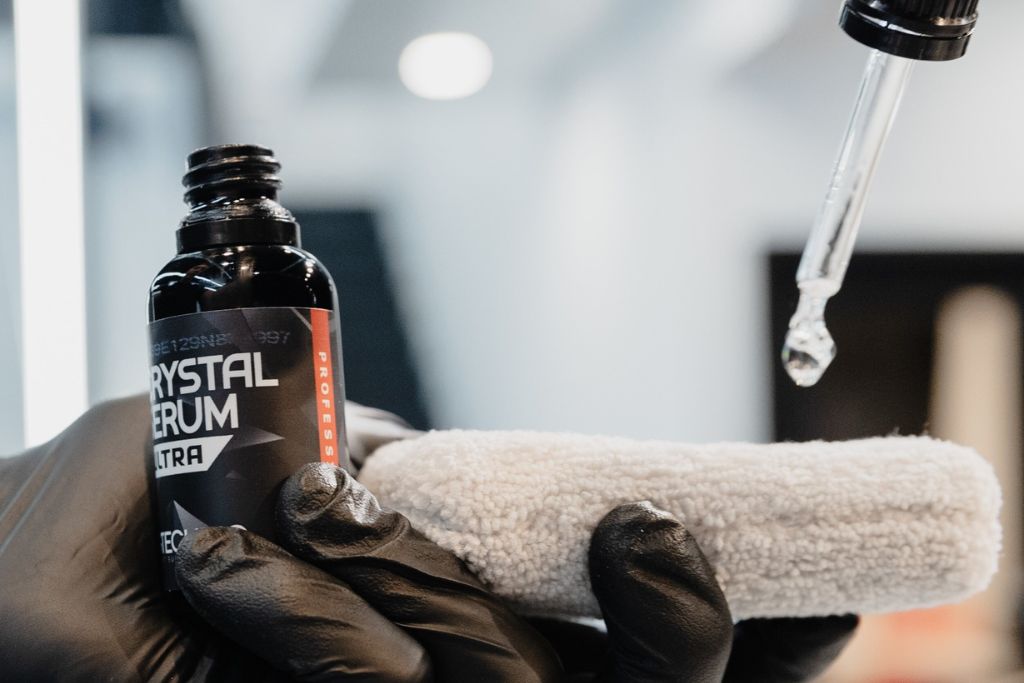
They protect against:
- Minor abrasions from regular washing – Everyday washing can cause small scratches if dirt gets trapped in your wash mitt or towel. Ceramic coating helps reduce this by creating a smooth, protective layer that minimizes friction.
- Micro scratches caused by dust particles – Even fine dust can leave marks when wiped off a dry surface. The coating’s slick finish allows dust to rinse away more easily, reducing the risk of micro-marring.
- UV fade, keeping your paint glossy – Prolonged sun exposure can dull paint and cause oxidation. Ceramic coating contains UV blockers that help maintain rich color and a deep, reflective shine.
- Environmental contaminants like bird droppings, sap, and acid rain – These substances are acidic and can etch into unprotected paint. The coating acts as a chemical-resistant barrier, giving you more time to safely clean them off before damage occurs.
By reducing friction, ceramic coatings make it easier to wash your car without dragging grit across the surface, a key factor in preventing light scratches.
For maximum protection and longevity, proper upkeep is essential. See our guide on proper ceramic coating care for best practices.
What Ceramic Coating Cannot Do
While ceramic coatings are incredibly durable and offer excellent protection, they are not bulletproof. Understanding their limitations will help you get the best results and avoid unrealistic expectations.
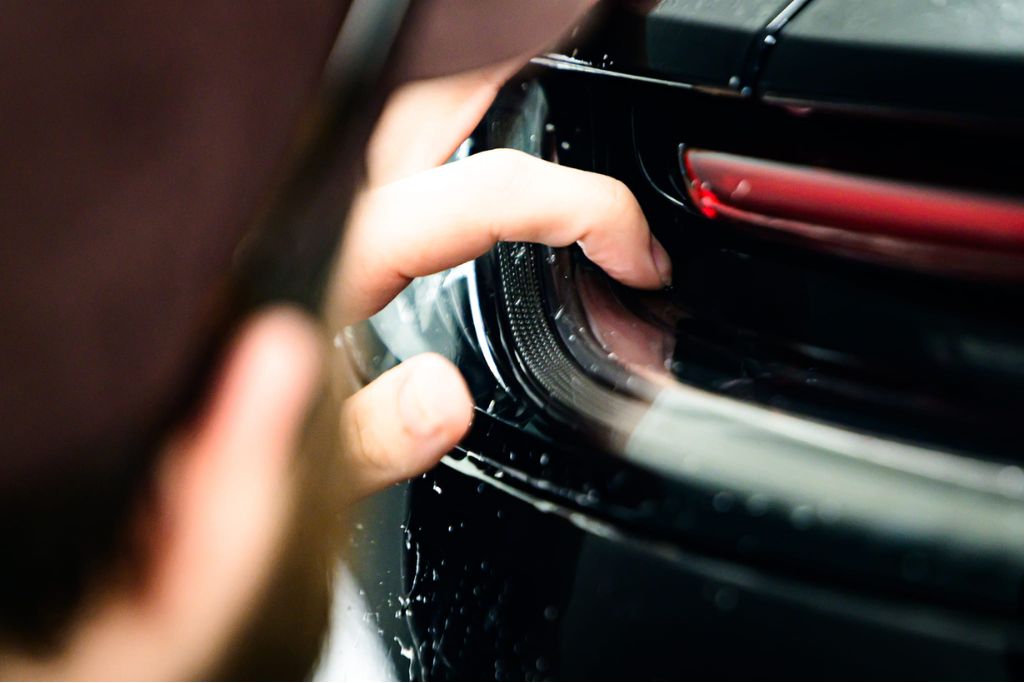
Ceramic coatings will not protect against:
- Rock chips – High-speed impacts from gravel or road debris can penetrate the coating and chip your paint.
- Deep scratches from sharp objects – Keys, branches, or other hard, pointed items can easily cut through the coating and damage the paint underneath.
- Improper washing damage – Using dirty sponges, rough towels, or stiff brushes can grind abrasive particles into your paint, causing scratches.
- Heavy impact damage – Door dings, shopping cart bumps, or accidents can still cause dents and paint damage despite the coating.
Even something as soft as a microfiber towel can cause scratches if used incorrectly, for example, if it’s dropped on the ground and picks up grit, or if excessive pressure is used when wiping. This is why proper washing technique matters just as much as the coating itself.
If your primary concern is impact resistance and protection against rock chips or heavy abrasions, you may want to consider adding Paint Protection Film (PPF). PPF is a thicker, self-healing film that offers superior protection against physical damage.
Ceramic Coating vs. Paint Protection Film (PPF)
While both ceramic coating and PPF protect your vehicle, they serve different purposes:
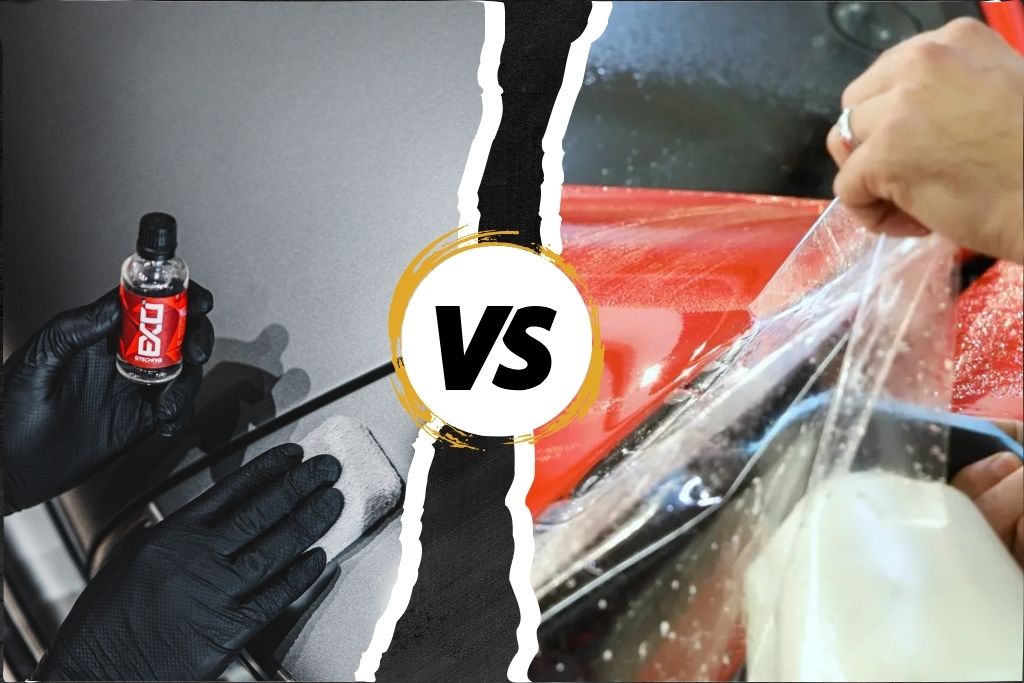
Ceramic Coating
Best for:
- Gloss & Shine – Deepens paint color and adds a showroom finish.
- Hydrophobic Protection – Repels water, dirt, and grime for easier cleaning.
- UV Resistance – Prevents paint fading and oxidation from Birmingham’s sunny climate.
- Maintenance Ease – Reduces the need for waxing and helps maintain a cleaner look for longer periods.
PPF (Paint Protection Film)
Best for:
- Impact Resistance – Shields against rock chips, gravel, and road debris.
- Deeper Scratch Prevention – Protects from shopping cart dings, door bumps, and sharper abrasions.
- Self-Healing Surface – Light scratches disappear with heat from sunlight or warm water.
- High-Impact Zones – Commonly applied to bumpers, hoods, side mirrors, and rocker panels.
Many car owners choose PPF on vulnerable, high-impact areas and ceramic coating on the rest of the vehicle. This combination delivers maximum paint protection while maintaining brilliant gloss and easy maintenance.
Learn more about combining PPF and ceramic coating for the best of both worlds.
Why Proper Washing & Maintenance Are Key
Even the best ceramic coating only performs well with proper care. Improper washing is the #1 cause of swirl marks on coated cars, but it’s easy to prevent.
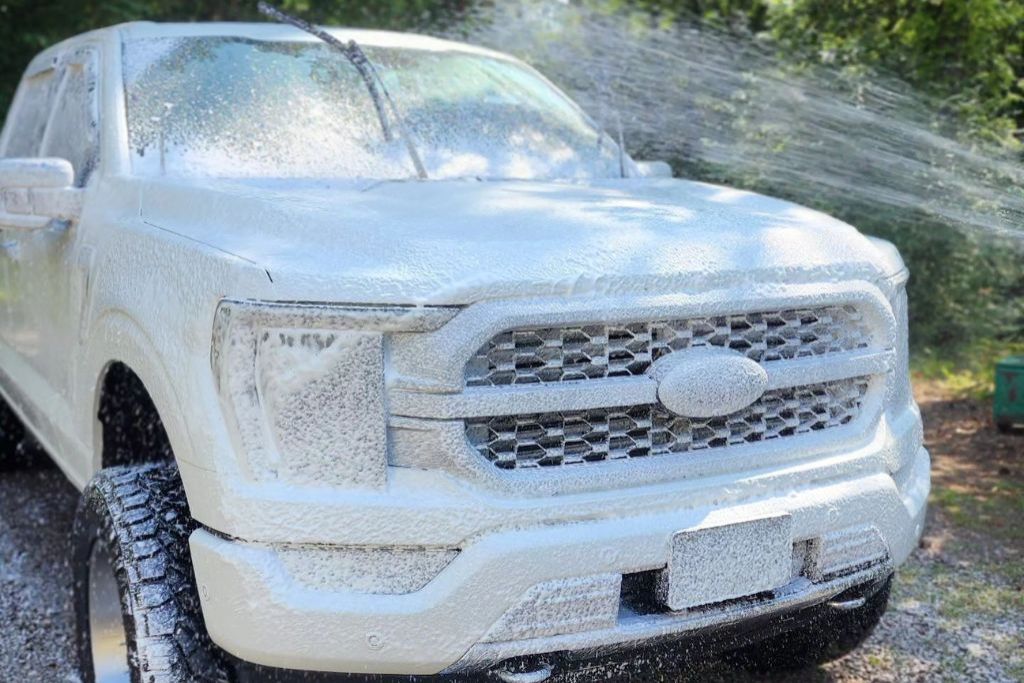
Key Tips:
- Two-Bucket Method → One bucket for soapy water, one for rinsing your mitt. This keeps dirt and grit from re-entering your wash water, reducing the risk of swirl marks.
- Microfiber Towels → Use soft, plush towels specifically designed for automotive use. Always wash them separately from household laundry, and never use one that’s been dropped on the ground.
- pH-Neutral Shampoo → Gentle formulas clean effectively without breaking down the ceramic coating’s hydrophobic properties or dulling its gloss.
- Pre-Rinse → Loosen and rinse away surface dirt before touching the paint to avoid dragging abrasive particles across the finish.
- Gentle Drying → Use a dedicated plush drying towel or a car dryer blower to safely remove water without rubbing contaminants into the coating.
For Birmingham drivers, pollen, road salt, and heavy rains can shorten coating life. We recommend monthly washes, quarterly professional detailing, and occasional topcoat refreshes to keep your coating at peak performance.
Learn more in our guide on when to reapply ceramic coating.
Professional Installation vs. DIY Kits
While DIY ceramic coating kits are widely available and may seem cost-effective, they rarely match the performance and longevity of a professionally applied coating. The difference lies in the preparation, application, and curing process.
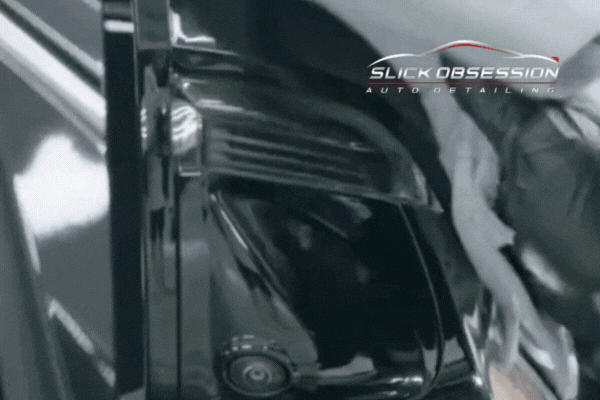
At Slick Obsession Auto Detailing, our certified technicians:
- Thoroughly prep the paint surface → Includes decontamination, clay barring, and multi-stage paint correction to remove swirls, oxidation, and embedded contaminants for maximum coating adhesion.
- Apply multiple thin, even layers → Ensures uniform hardness, consistent coverage, and optimal hydrophobic performance.
- Cure under controlled conditions → We use a dust-free environment and controlled lighting to prevent imperfections during curing.
Why this matters:
- DIY coatings often lack proper surface prep, leading to premature failure.
- Uneven application can cause streaks, high spots, or patchy protection.
- Without professional curing, the coating may never reach its advertised 9H hardness or complete scratch resistance.
Professional application ensures your coating lasts longer, performs better, and delivers the deep gloss and protection you expect, making it a worthwhile investment for Birmingham car owners.
Is Ceramic Coating Worth It for Birmingham Car Owners?
In Birmingham, your vehicle faces year-round environmental challenges:
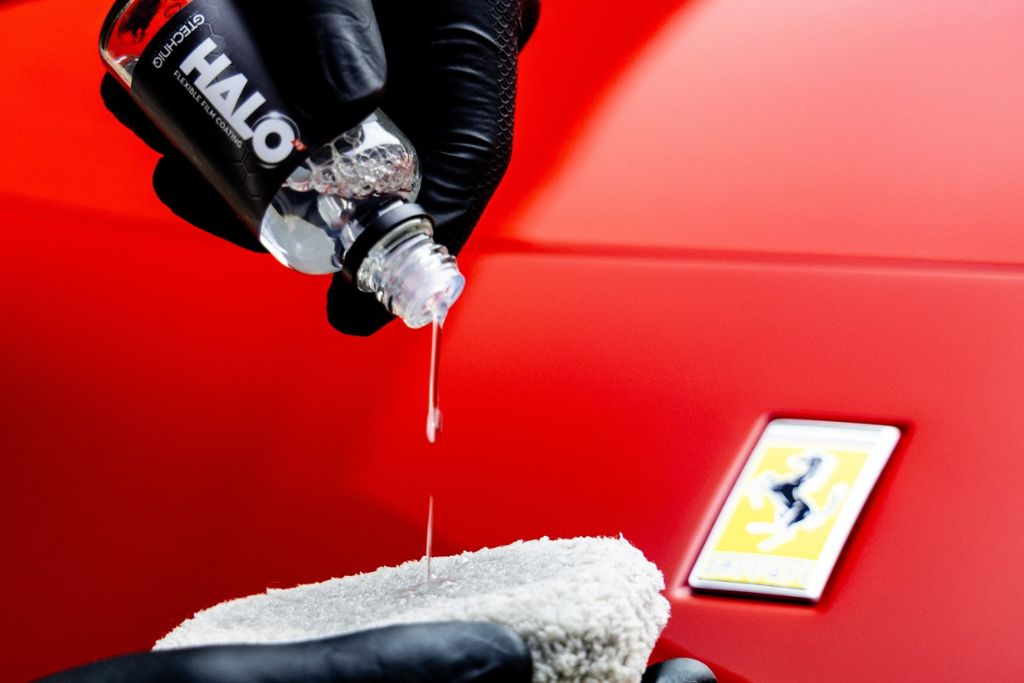
- Road salt & chemicals in winter → Can cause paint corrosion and clear coat damage if not protected.
- High UV exposure in summer → Leads to paint fading, oxidation, and loss of gloss over time.
- Frequent rain & humidity year-round → Encourages water spots, mineral deposits, and mold in trim crevices.
A ceramic coating serves as a long-term shield against these hazards, while also making your car easier to clean, maintaining a deep gloss, and keeping it looking showroom-ready. Its hydrophobic properties mean water, dirt, and grime slide off easily, reducing the risk of swirl marks from washing.
Over time, ceramic coating can save you money by reducing the need for costly paint correction, extending the life of your factory clear coat, and helping to preserve your vehicle’s resale value.
Give Your Car the Protection It Deserves
Keep your car looking showroom-ready with Slick Obsession’s professional ceramic coating.
Contact Slick Obsession Detailing Now!Conclusion
So, is ceramic coating scratch-proof?
No, but it is one of the best ways to keep your car looking pristine by resisting everyday wear like micro scratches, swirl marks, and UV fading. For Birmingham car owners, pairing it with proper washing habits, and even adding PPF, offers the ultimate in paint protection.
For expert protection on your ride, visit Slick Obsession Auto Detailing or contact us for a complimentary consultation. Your vehicle deserves the best — and we deliver nothing less.
FAQs – Birmingham Drivers' Common Questions
Does ceramic coating prevent scratches?
It helps prevent light scratches and swirl marks, but won’t stop deep scratches or chips.
What's the downside to ceramic coating?
It’s not impact-proof and still requires careful washing to avoid damage.
Will a car wash scratch ceramic coating?
Automatic car washes with stiff brushes can cause swirl marks. Opt for touchless or hand washes.
Why isn't 9H hardness a guarantee of scratch immunity?
Hardness helps resist light scratches but can’t stop forceful impacts.
Why compare ceramic coating with PPF?
They protect against different threats — pairing them gives maximum coverage.

